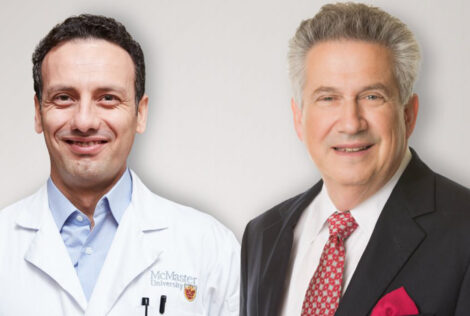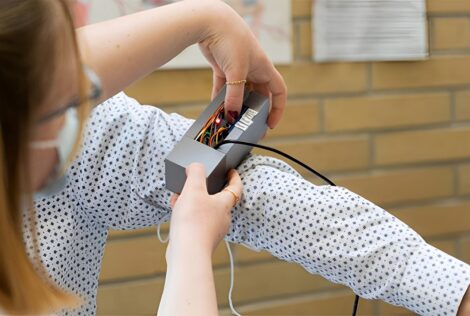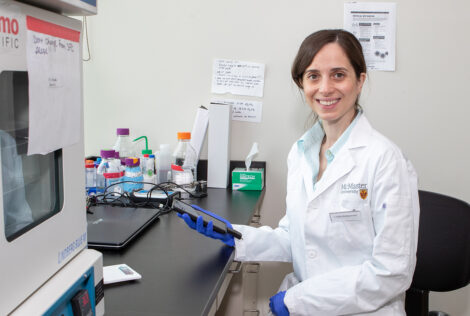
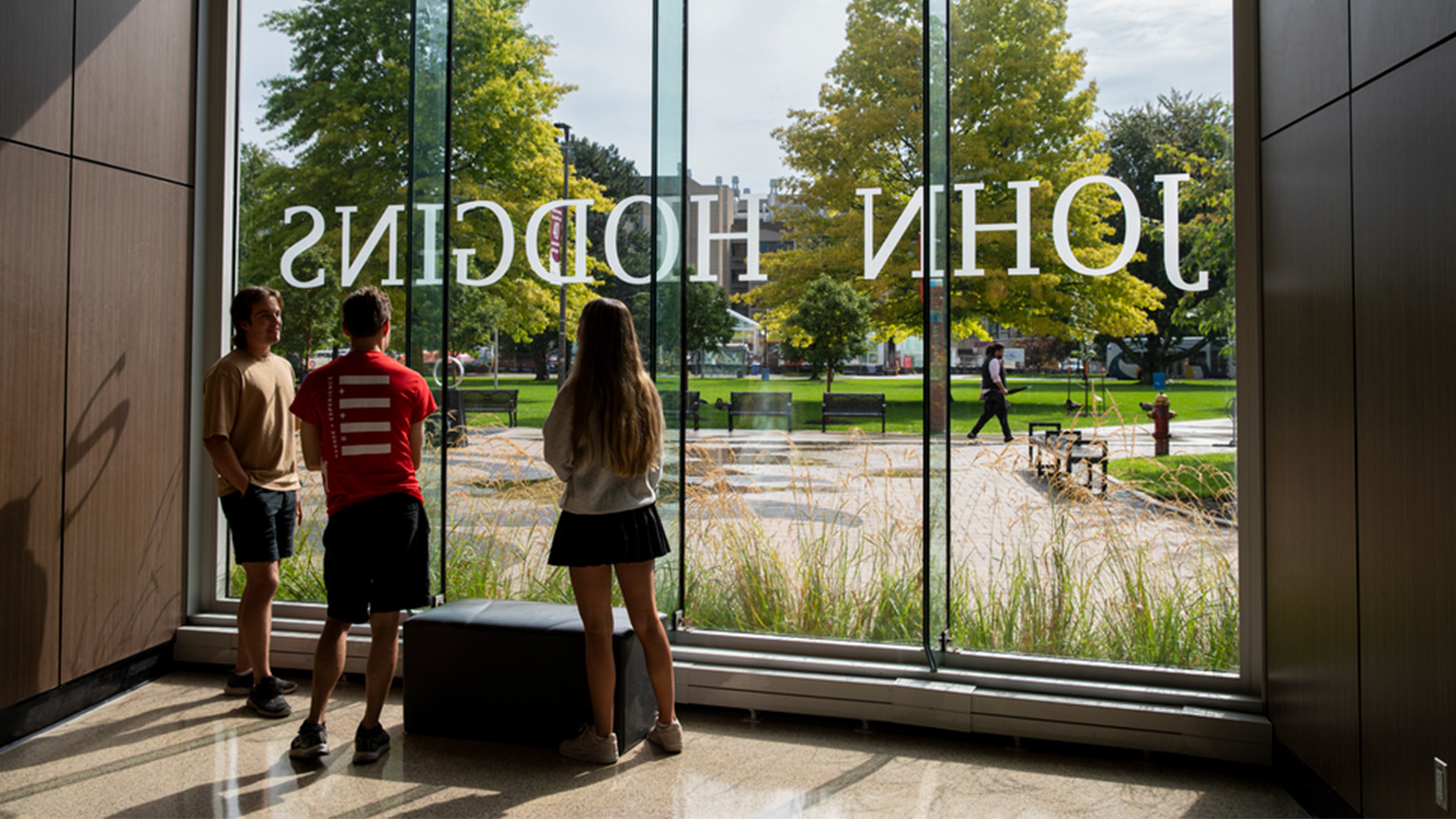
The St. Joseph’s Healthcare Hamilton Kidney & Urinary Services partnered with students in the W Booth School of Engineering Practice and Technology to develop a new system to help streamline the training process for nurses and patients
This project captured the interest of Master of Engineering Design students Omar Ragheeb and Vinethaa Krishnaswamy for the opportunity to apply design thinking to improving the user experience of home hemodialysis, a life-saving medical treatment for patients suffering from chronic kidney disease. They are joined for the summer by 2nd year iBioMed student Emma Vanslack, a recipient of the Engineering Research Experience Award.
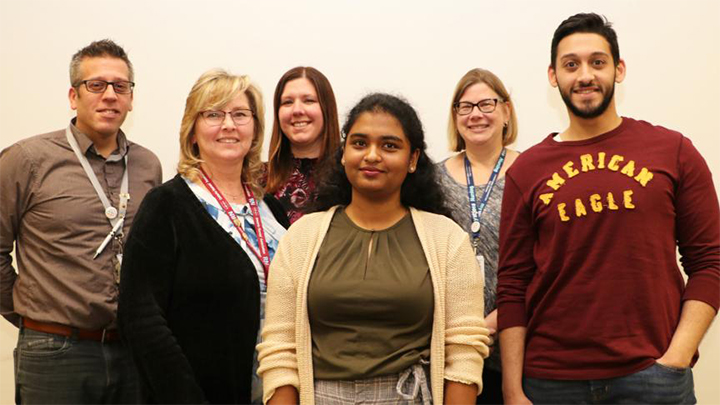
Patients who need hemodialysis in Hamilton typically visit the hemodialysis clinic two to three times a week for treatments that may last for up to five hours. During treatment, patients remain connected to a dialyzer machine that replaces or supplements the function of their kidneys, the organs that filter our blood and allow us to excrete waste through our urine.
“A relative of mine relied on dialysis and this has inspired me to seek a better understanding of their experience,” says Ragheeb. His team has worked throughout the winter and spring conducting research and gaining insights into the needs and desires of users and the nurses responsible for delivering training to patients.
Rick Badzioch, VP, Clinical Programs, at St. Joseph’s Healthcare Hamilton, explained that self-administering hemodialysis at their own homes is an excellent option for some patients. Healthcare providers at SJHH encourage these patients to explore the option if they are a suitable candidate. A hemodialysis machine is provided to the patient and in-depth training is given over 21 visits to the clinic.
“The ability to perform dialysis in the comfort of their home allows patients the flexibility of time and scheduling, while nearly eliminating travel. However, the training of patients and caregivers can be quite extensive, averaging about 21 training days which is over 7 weeks if the patient is coming into the dialysis unit three times a week,” says Badzioch.
Badizioch adds they had 656 chronic dialysis patients at the beginning of the year, 44 of whom have hemodialysis in their home completed independently or with the help of a caregiver.
The team is excited to take this project forward and offer a solution that will make it easier for patients to access hemodialysis at home, comfortably and conveniently, says Ragheeb.
“We’re on the second iteration of the prototype right now, which will be a much better experience for users and hospital staff to test. Improving on the design will be challenging. We’re really pushing our design skills in this phase,” he adds.
The first phase of the project was carried out in 2019 under the title “Renovate – The Innovative Digital Platform for Renal Education & Home Hemodialysis Support”. This second phase iteration continues to apply a human-centred design approach to improving the learning experience.
The group has produced multiple storyboards outlining the user experiences and presenting different options for the user experience. Their preliminary designs include technologies like virtual classrooms, interactive e-learning modules and augmented reality.
“We feel good about the project and our progress so far. We look forward to sharing the prototypes with hospital staff and users,’ says Krishnaswamy. These storyboards will be presented to users along with early prototypes they have outlined using technologies like Google Drawings and video calling.
After joining the project in May, Vanslack has been part of every step, helping record progress, supporting research, and contributing ideas to the design process.
“I’m really grateful to be able to work on the project. Working with grad students has been very motivational,” says Vanslack.
Badzioch says SJHH finds value in these partnerships with W Booth School and is committed to expanding the nature of projects they take on with our students.
“With the success of this project in the renal program, we are expanding this multi-year, iterative approach to other projects. We have also developed a process that involves a committee that matches potential projects that are of interest to students, university faculty, and hospital teams,” he says.
The Master of Engineering Design program helps students develop human-centred design capacities – by learning research skills that employ empathy for users and designing solutions that address real needs across a diverse industries and communities.

